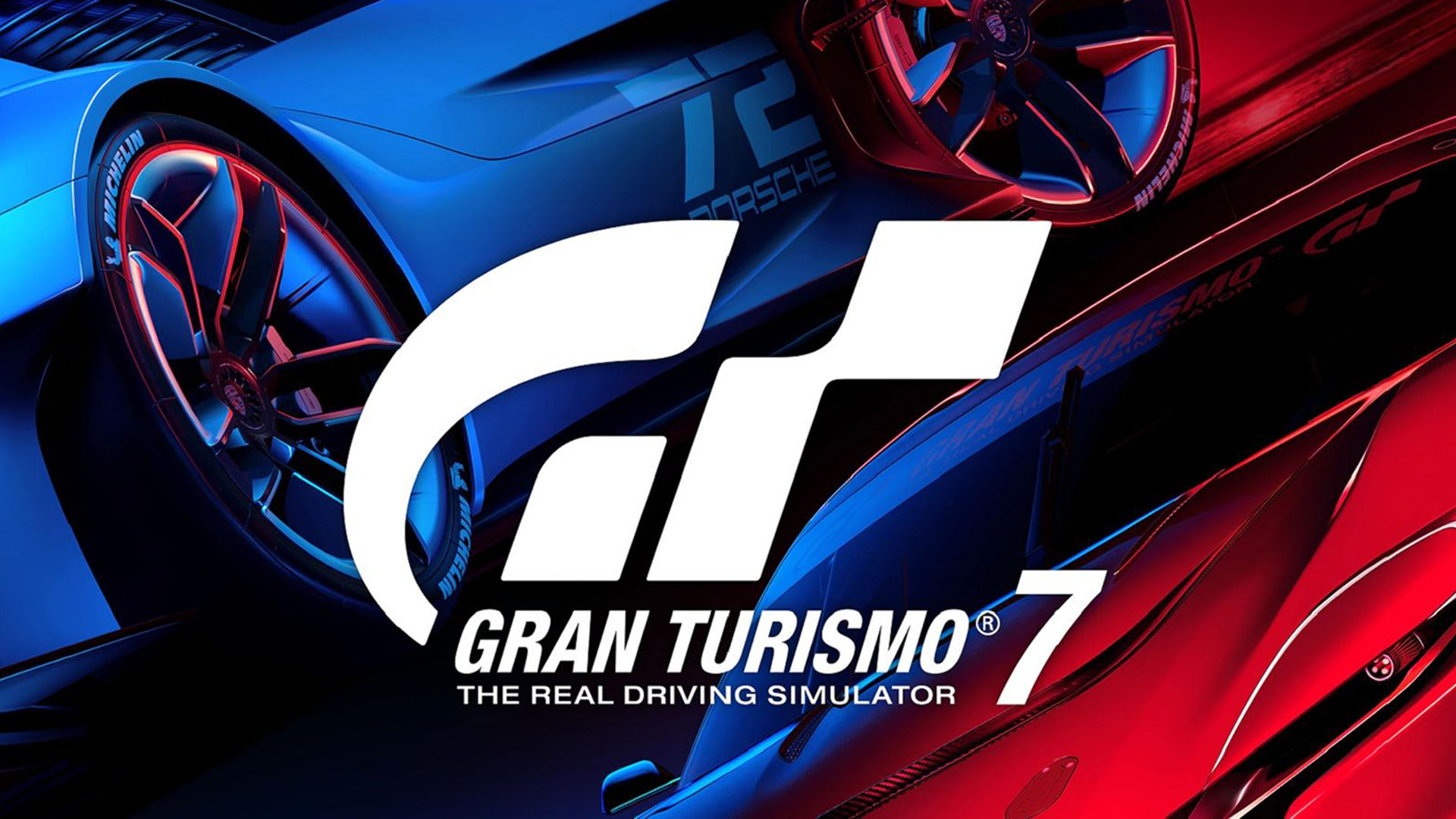
Starting off our Gran Turismo 7 review, It’s ridiculously cliché to say that something “just hits different”, but perhaps there’s no better franchise in gaming that embodies that statement more than Gran Turismo. While other simulators have tried to run at the throne, not even Sony’s own DriveClub was even remotely close to knocking off the king. Even after 2017’s misstep with Gran Turismo Sport being far too focused on multiplayer content, Gran Turismo 7 doesn’t heavily focus on competitive multiplayer, but the always online component leaves people with internet caps or weak connections at quite a disadvantage. Find out more in our Gran Turismo 7 review:
Gran Turismo 7
Developer: Polyphony Digital
Publisher: Sony Interactive Entertainment
Platforms: PlayStation 4, PlayStation 5 (reviewed)
Release Date: March 4, 2022
Players: 1
Price: $69.99 USD
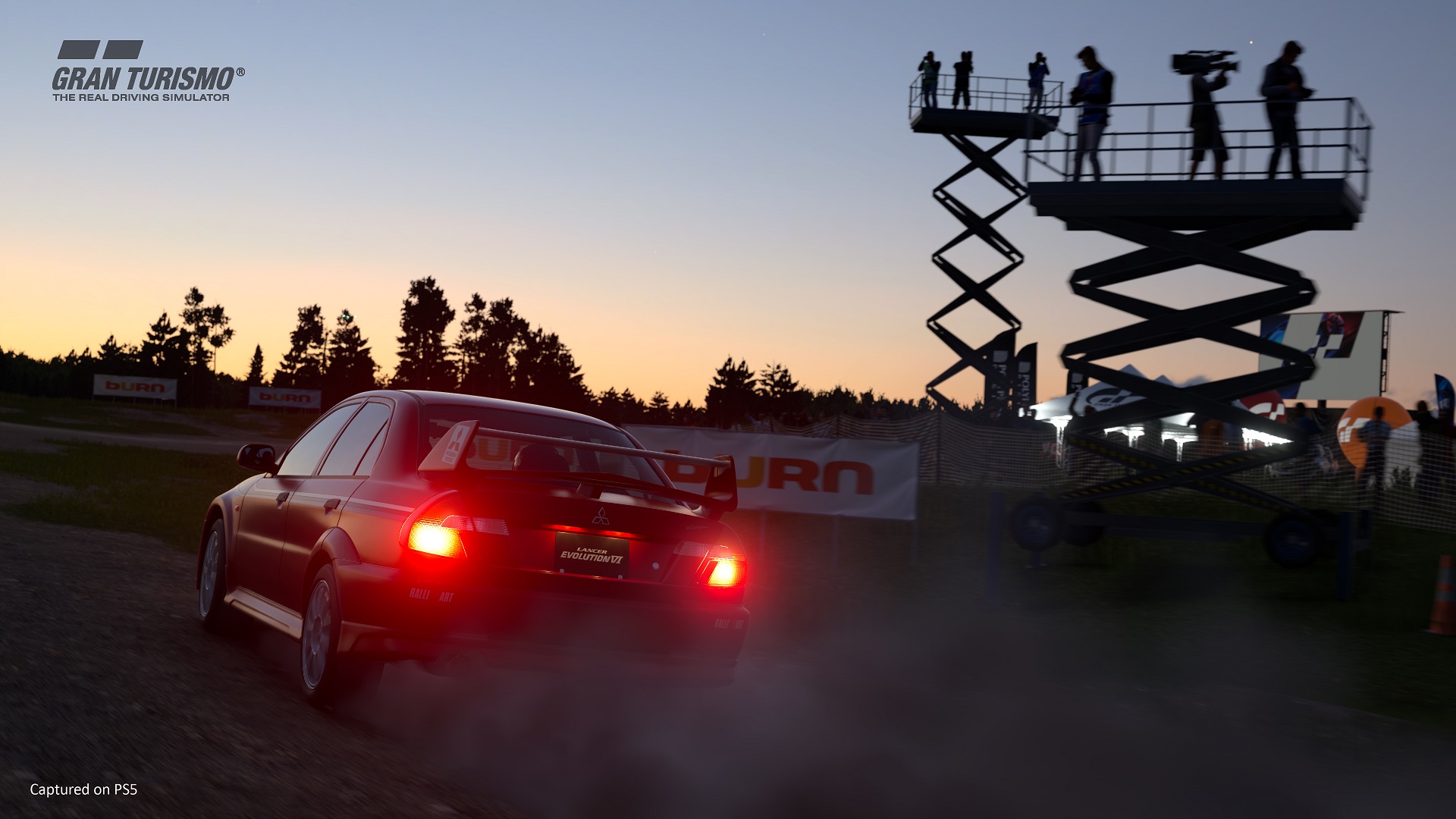
The first thing we need to talk about is how limited Gran Turismo 7 is if you aren’t connected to the internet. Offline, you’re only able to access 12 tracks with 13 different cars. On top of that, no progress or earned credit for playing can be saved which basically makes the full priced $70 game essentially a glorified demo if you aren’t consistently connected to the internet.
Yes, I fully understand that it’s a first world complaint because a majority of people who buy these games certainly have no issues being online at all times – but that also immediately makes recommending this game for anyone who doesn’t have a full on dedicated racing cockpit for simulators considerably harder.
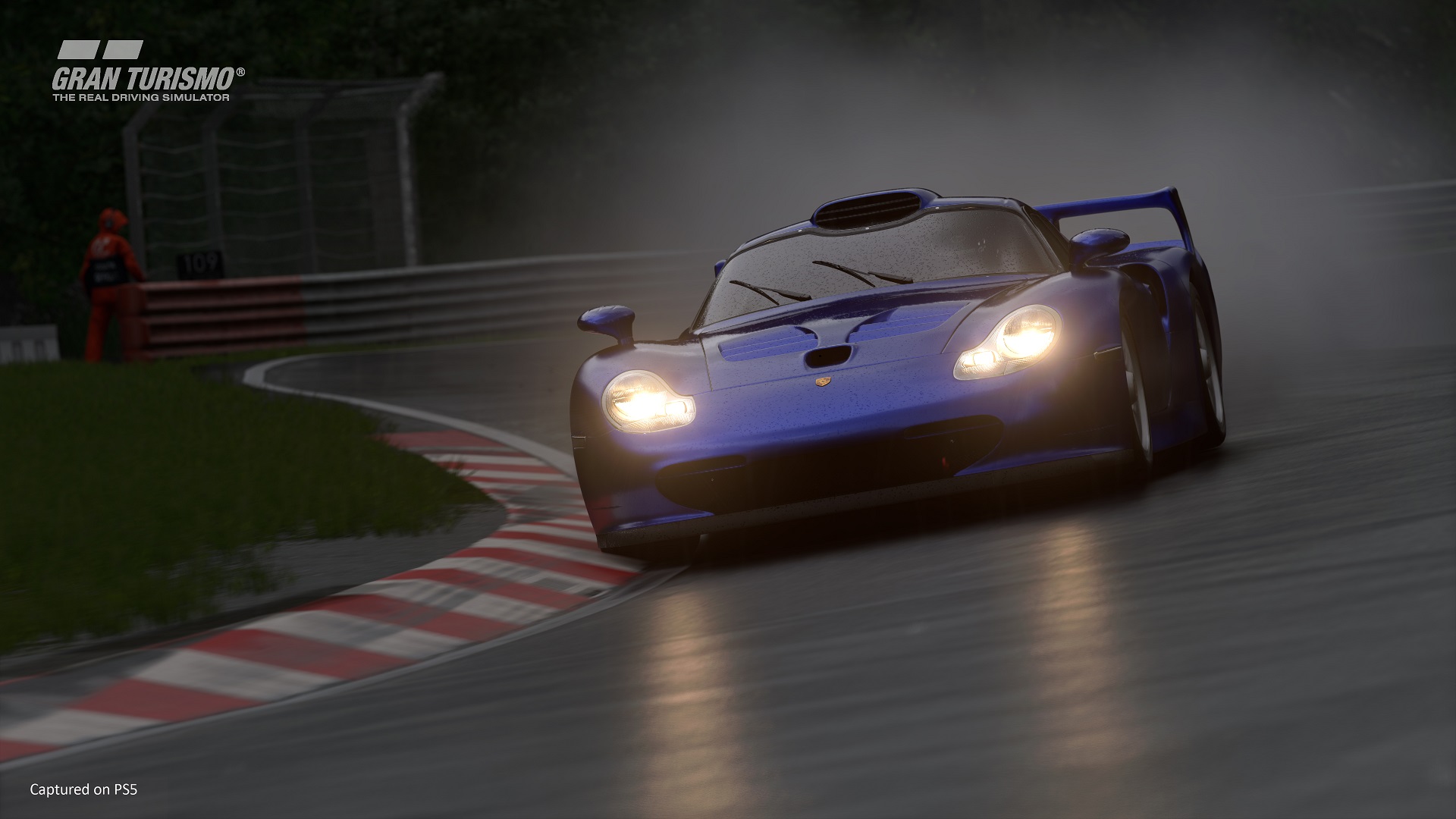
There’s no doubt in my mind that Polyphony Digital listened to fan complains from the past few games, as Gran Turismo 7’s return to form offering a terrific single player experience is all but an apology for what was lacking in previous games.
Gran Turismo 7’s single player mode starts off with a fantastic little story that briefly shows the evolution of the race car, from the initial creation of the automobile all the way up to creating Formula-1 and 24 hour+ supercars (disappointed that NASCAR wasn’t represented like in past iterations).
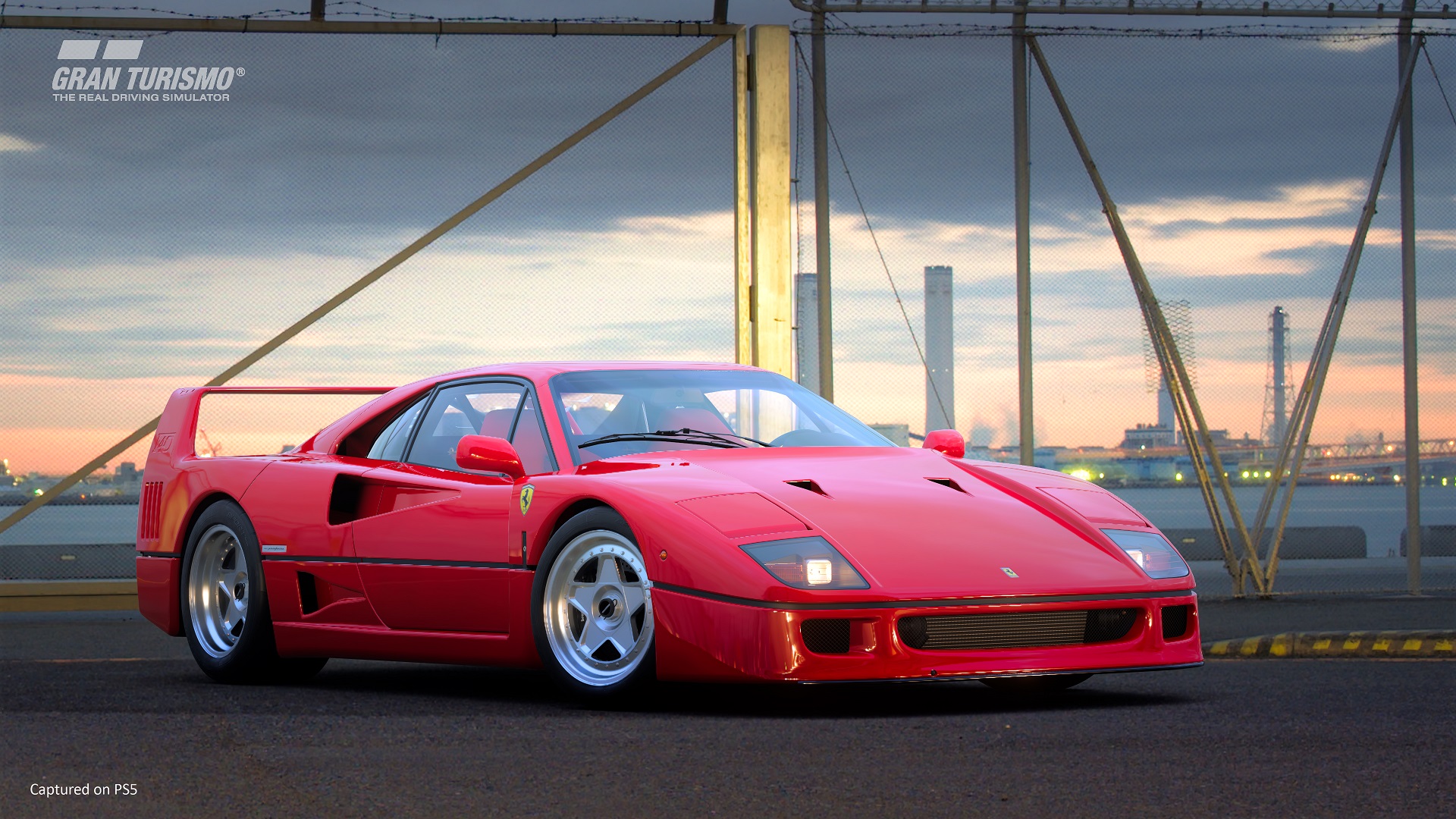
While playing the single player mode you’ll be given missions to compete in sets of races to attain cars from all different types of regions and specifications – for example: One menu has you collect three entry level racers from Europe, while another menu has you collect three different hot hatchback racers. The menu guide tells little stories and gives great detail to the car types and delivers a lot more information than most people outside of dedicated gear heads will ever care to know.
There are also several other features that fans of the series will be thrilled to see return – custom tunings, different levels and varieties of parts unlock as you increase your collector level. There’s even a maintenance bay where you can have your car washed or perform basic functions like oil and air filter changes as well as tire rotation and balancing.
These are neat touches which asks you to pay attention to each of your vehicles as you use them and you’ll be able to see what level of condition they’re in when you choose them from the garage. It definitely feels more of an ownership vibe as opposed to simply getting all the cars without much extra thought.
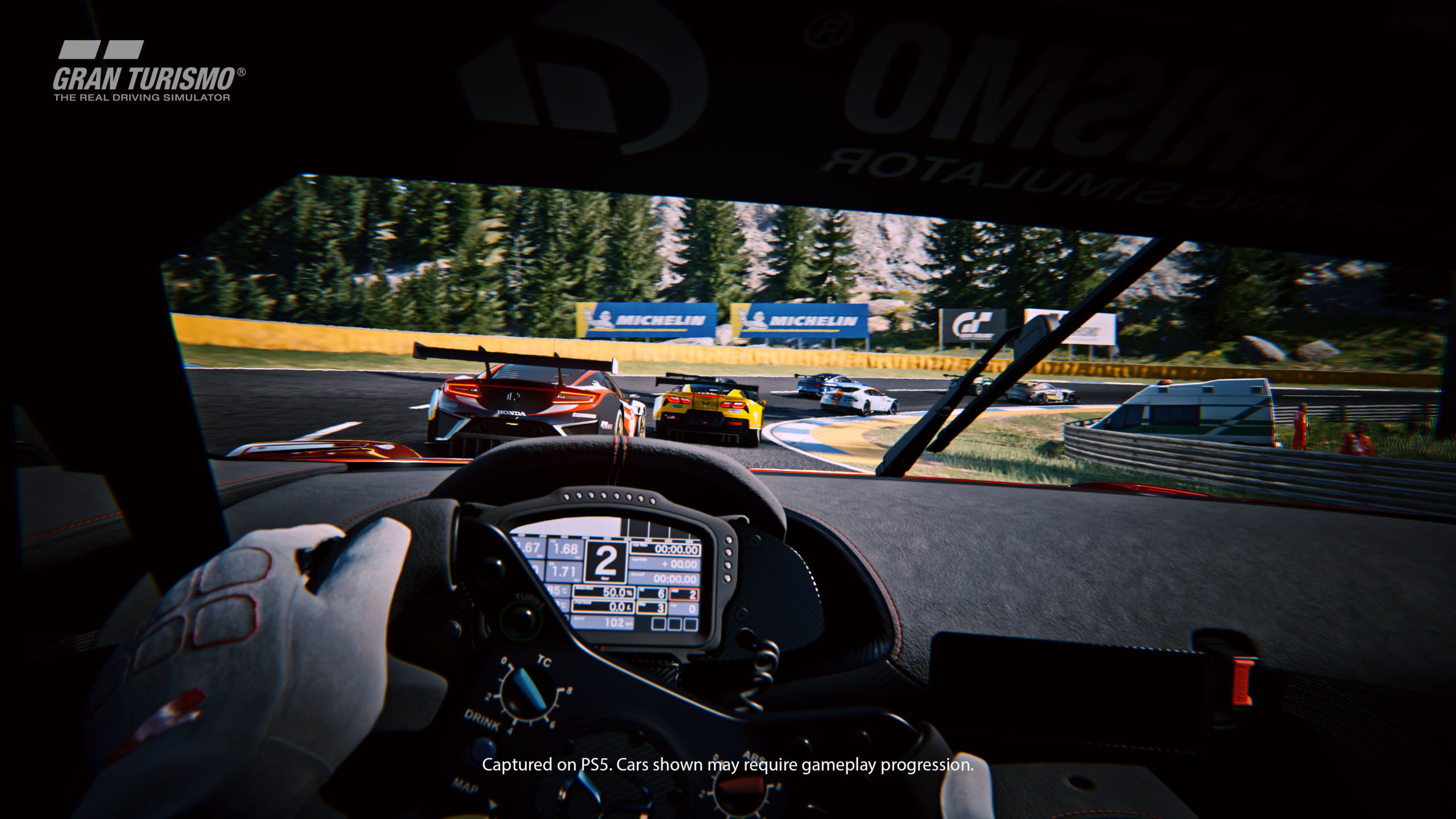
And this is where the biggest differences between Gran Turismo and Forza come into play. Arguably, Forza Horizon has mastered the fine line between arcade racer with enthusiast performance options, while Gran Turismo still firmly holds the crown when it comes to being the king of pure simulator racers.
Gran Turismo still makes driving the cars feel more realistic than anything else I’ve played. Each car has its own weight and feel, and you really have to experiment to know exactly where the best parts of the turns are to brake or smash the gas.
While other simulators like Project Cars, the Assetto series, or even Forza Motorsport try, they just don’t capture the spirit of reverence for the sport like Gran Turismo does. Polyphony Digital presents these games so well they could seamlessly adapt Gran Turismo as a TV series and it would likely just work. Unfortunately, that might be Gran Turismo 7‘s biggest mistake.
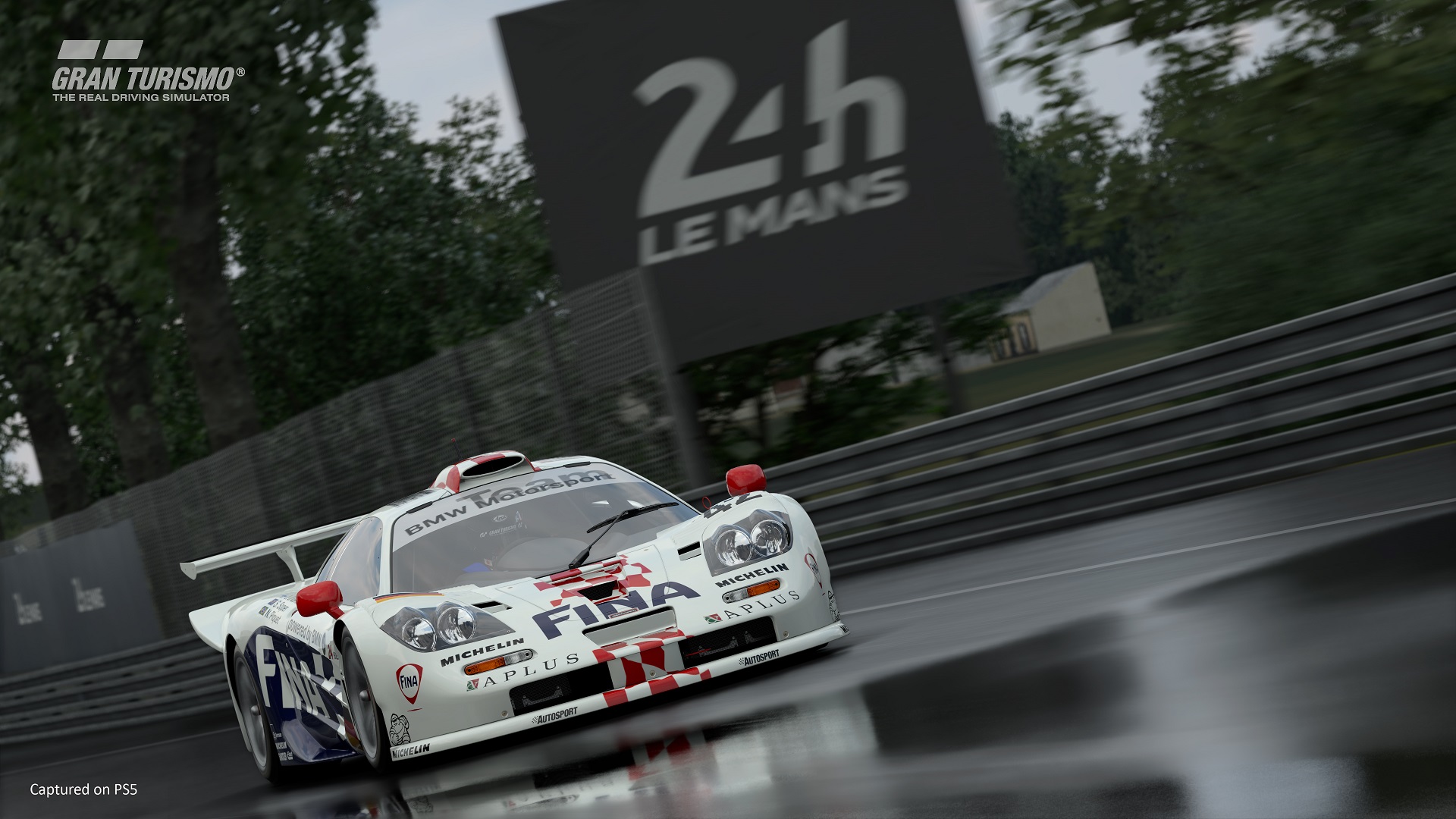
While Gran Turismo 7 has a full featured screenshot mode that allows you to put cars in famous locations from all over the globe with professional grade camera tools and filters to get that perfect shot, the actual gameplay visuals, while solid, fail to look nearly as impressive as the replay system makes them look.
Anything that changes the camera angles away from the playable functions seems to increase the visual fidelity of this game by a noticeable amount. Make no mistake, Gran Turismo 7 is by no means an ugly game – far from it actually, but it doesn’t continually impress in motion the way that Playground Games does with the Forza titles.
The best way I can describe this is Forza does the best job of looking realistic while Gran Turismo does the best job of feeling realistic. Polyphony Digital certainly understands this as Gran Turismo 7 immediately supports multiple high end steering wheel configurations right out of the box in the options menu.
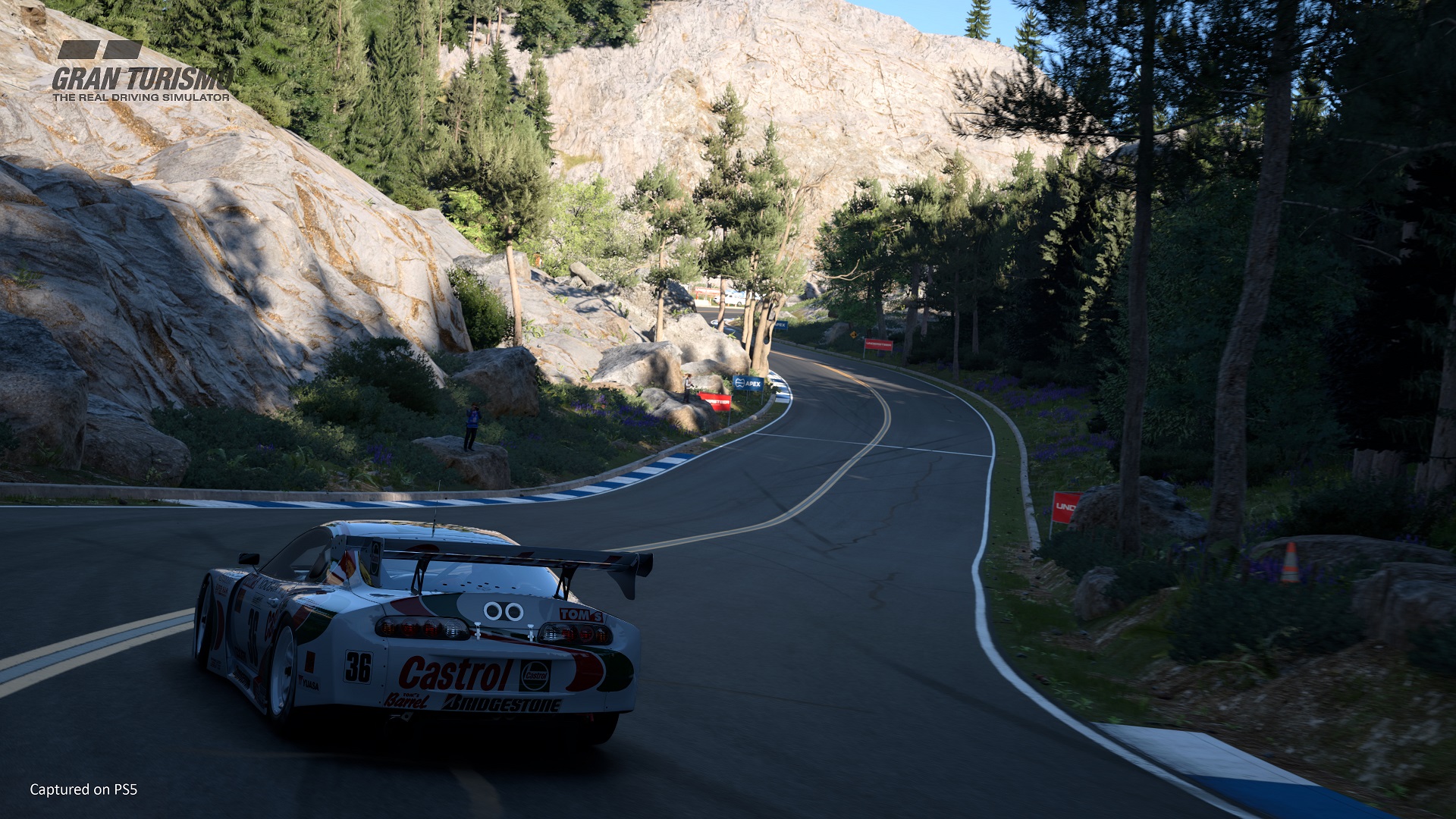
Gran Turismo 7 is far more inviting for single player gamers than previous entries, the series is still mostly geared at fanatics who live and breathe simulation driving. You’re gonna be someone with a several thousand dollar racing simulation setup to get the most out of what Gran Turismo 7 has to offer.
Add on the fairly small amounts of currency you get for completing races and you’ll be playing with slower cars that you aren’t going to care much about for a long time until, you work your way up to the top license tier and get to play with the ridiculously fast supercars – a luxury most casual fans aren’t willing to wait for.
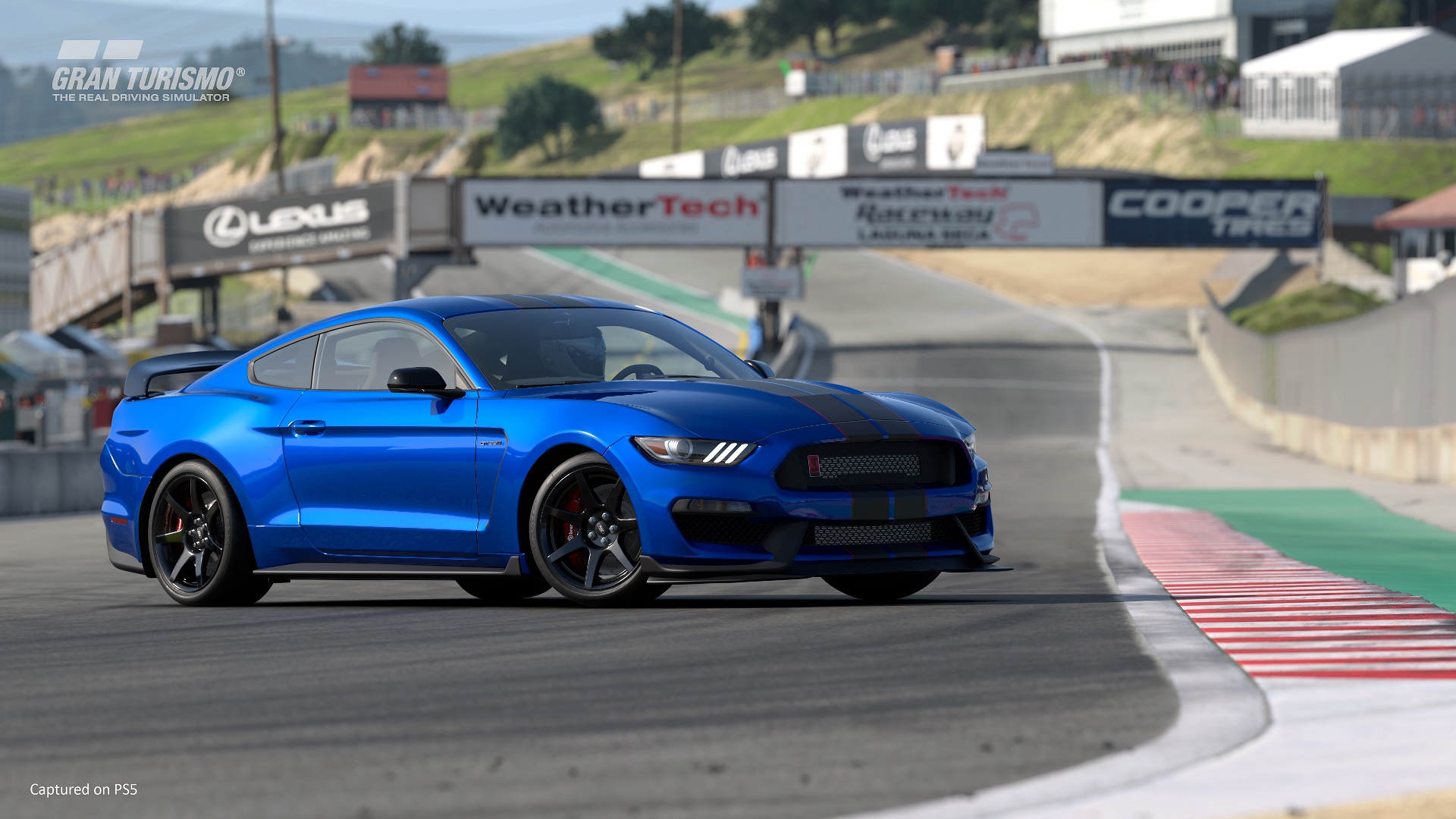
Also considering that microtransactions are available, you’re going to need to do quite a bit of grinding to get every available car to complete your catalog. Thankfully, they aren’t terribly expensive – $20 will get you 2m credits, but considering the most expensive of supercars cost around 3.5m each, people who don’t have time to grind are gonna need to shell out $40 a pop for each of the 10 or so top level cars.
At the end of the day, I’d argue that Gran Turismo 7 is the most accessible entry in the series so far. There are a considerable amounts of driving assist that help newcomers get acclimated with how driving works in Gran Turismo, but it’s never going to be Ridge Racer so unless you’re passionate about cars, this series still might be a little too deep for the average racing game fan.
Gran Turismo 7 was reviewed on PlayStation 5 using a copy provided by Sony Interactive Entertainment. You can find additional information about Niche Gamer’s review/ethics policy here. Gran Turismo 7 is now available on PlayStation 4/5.